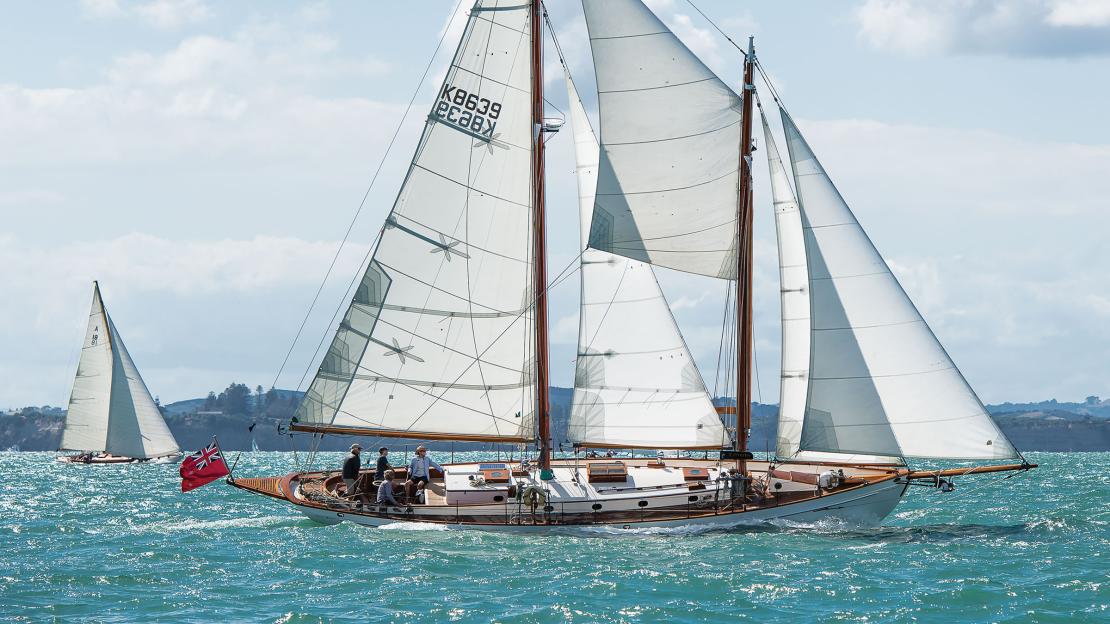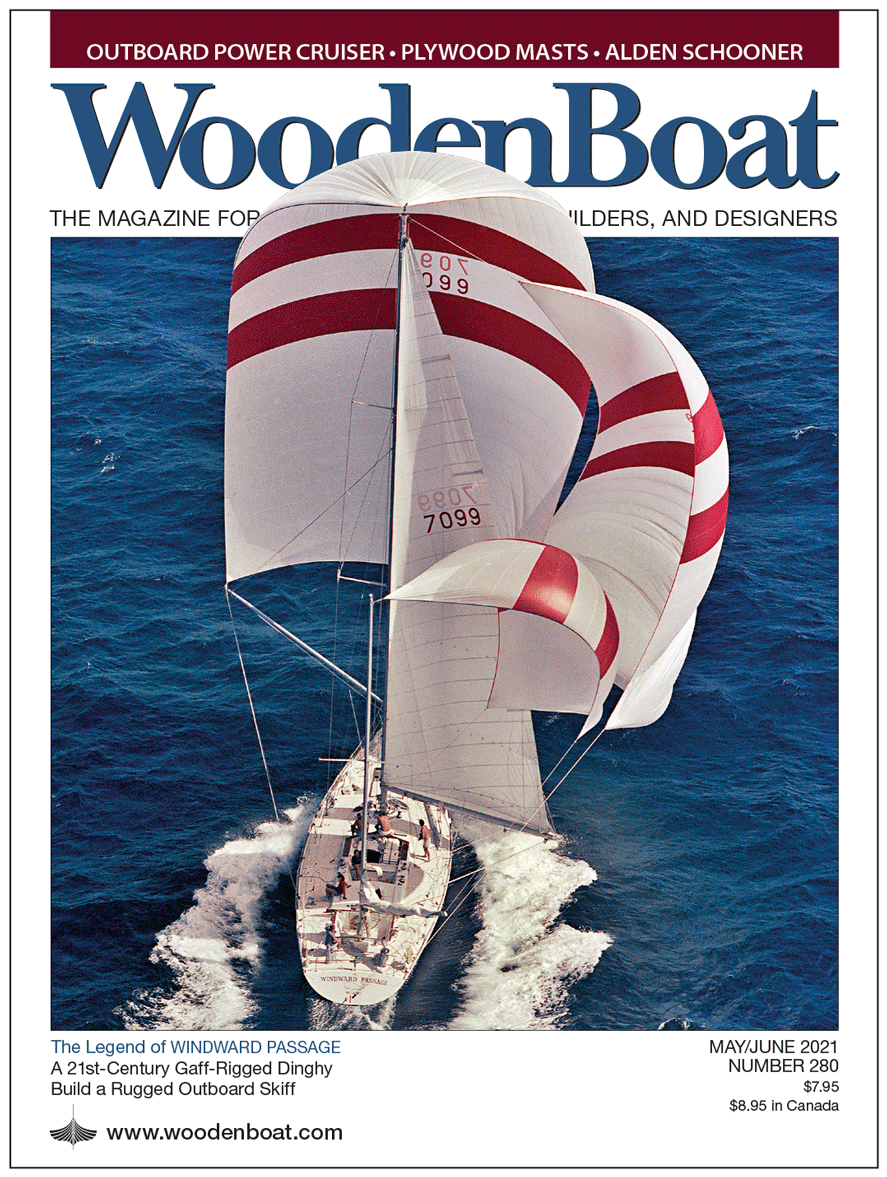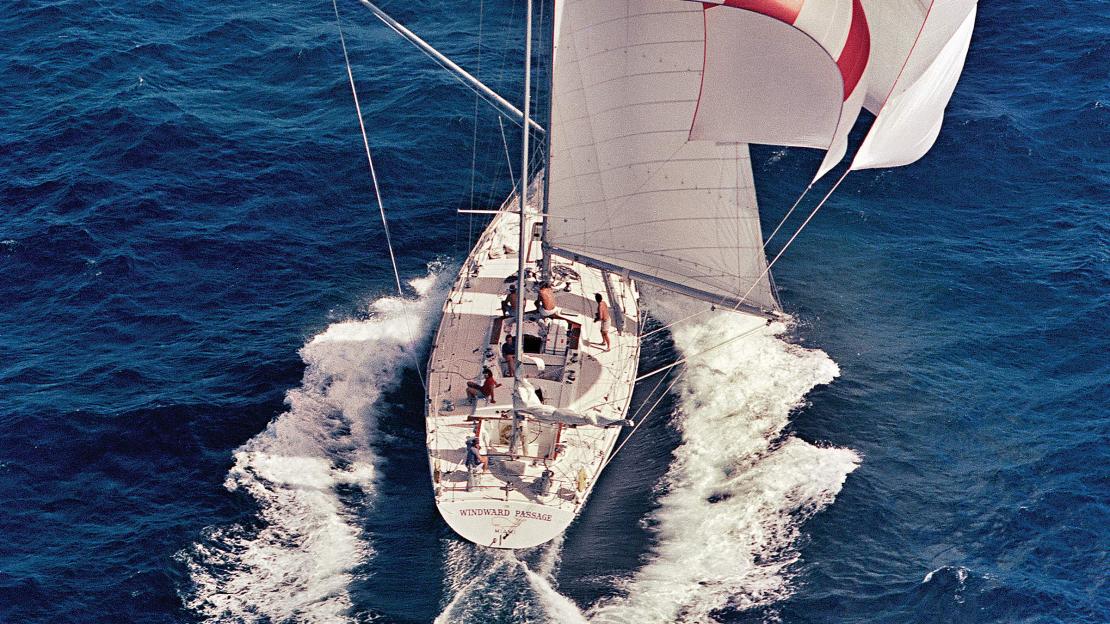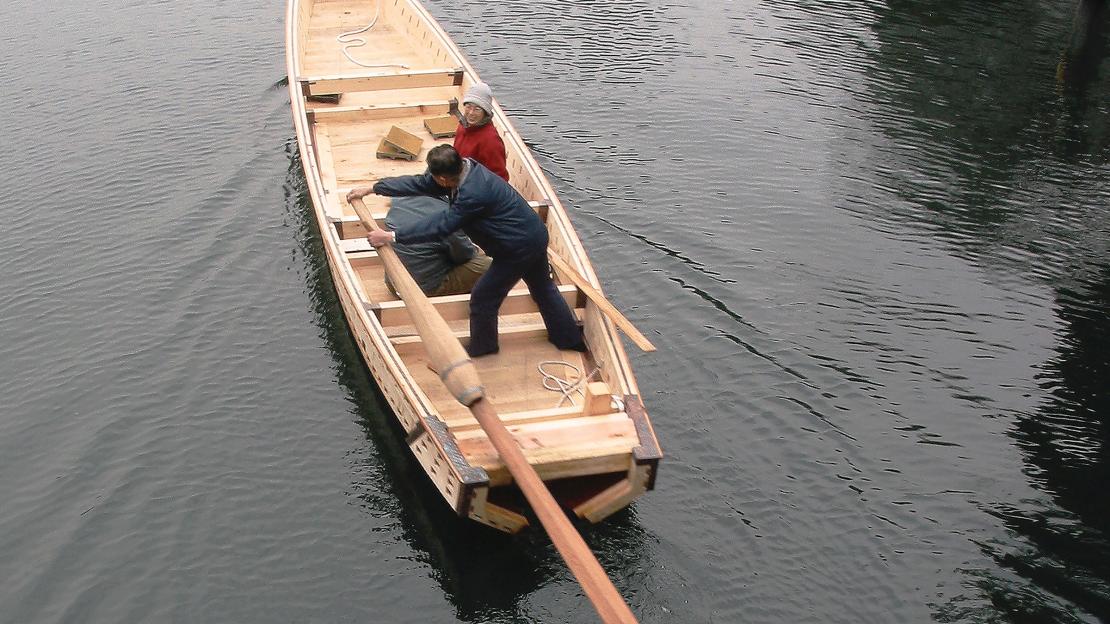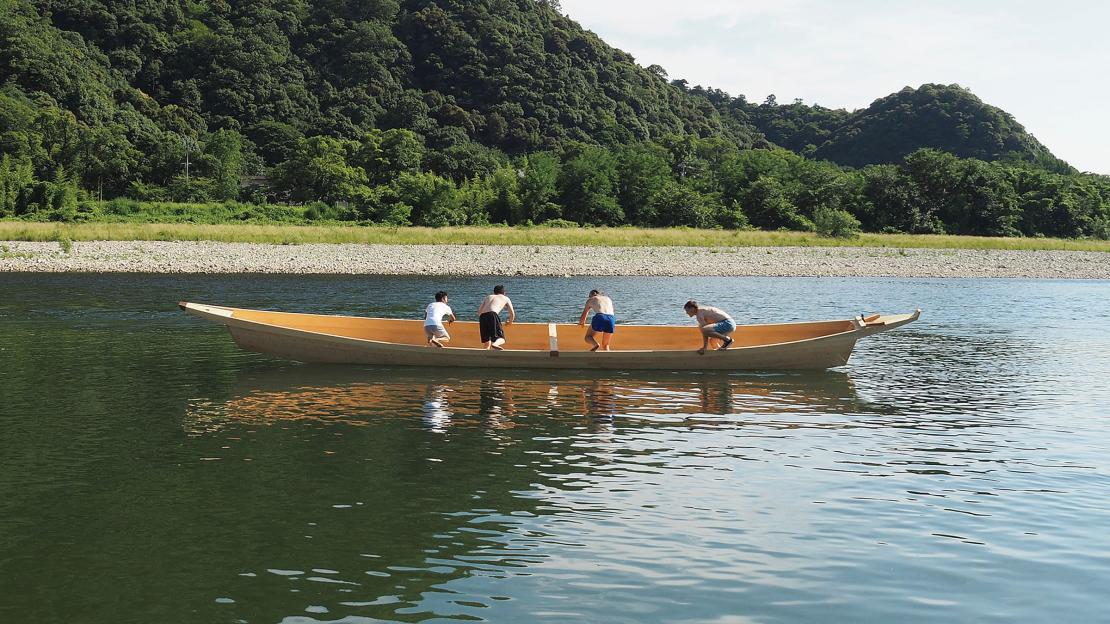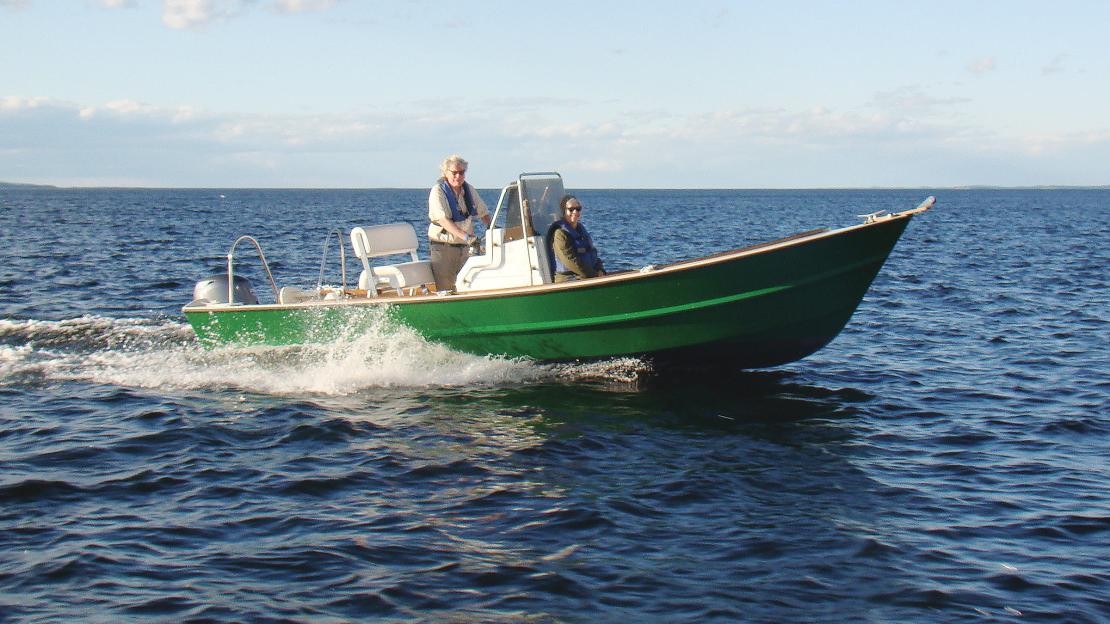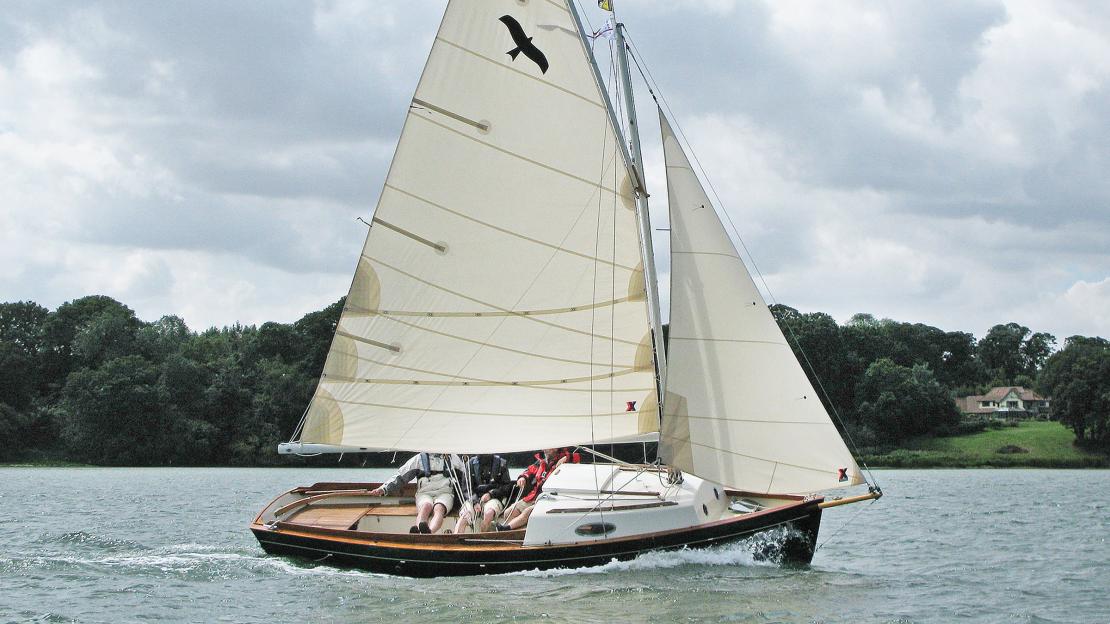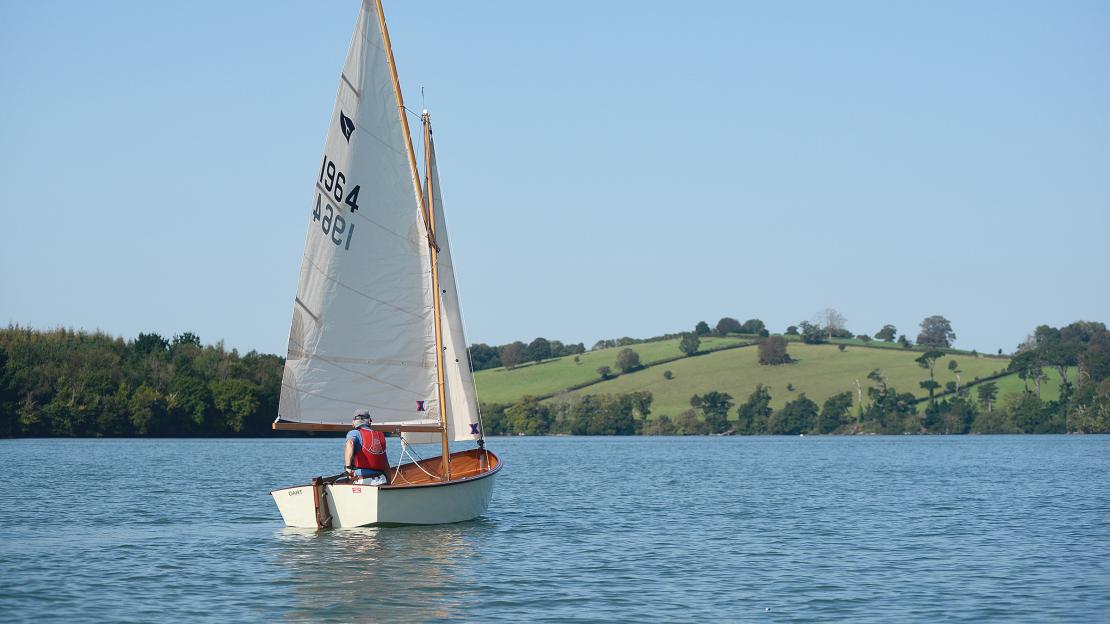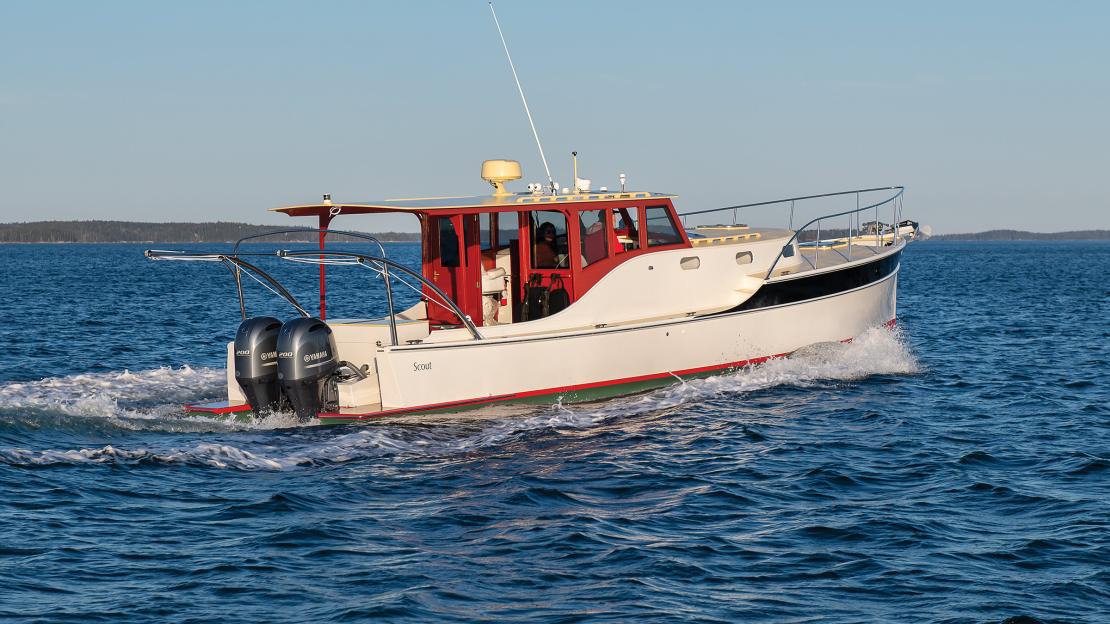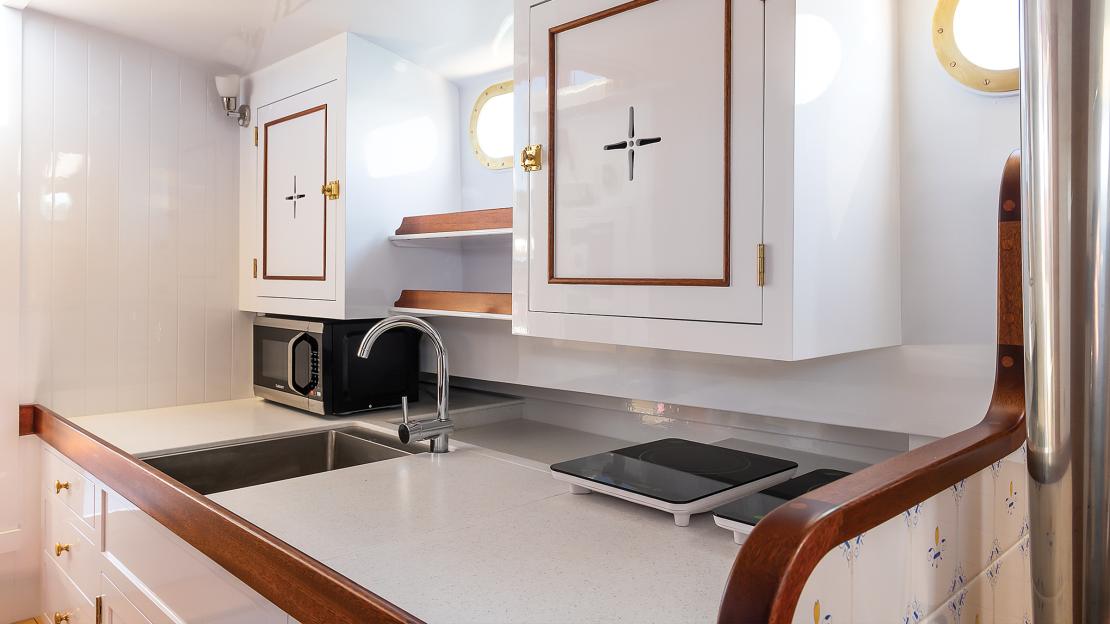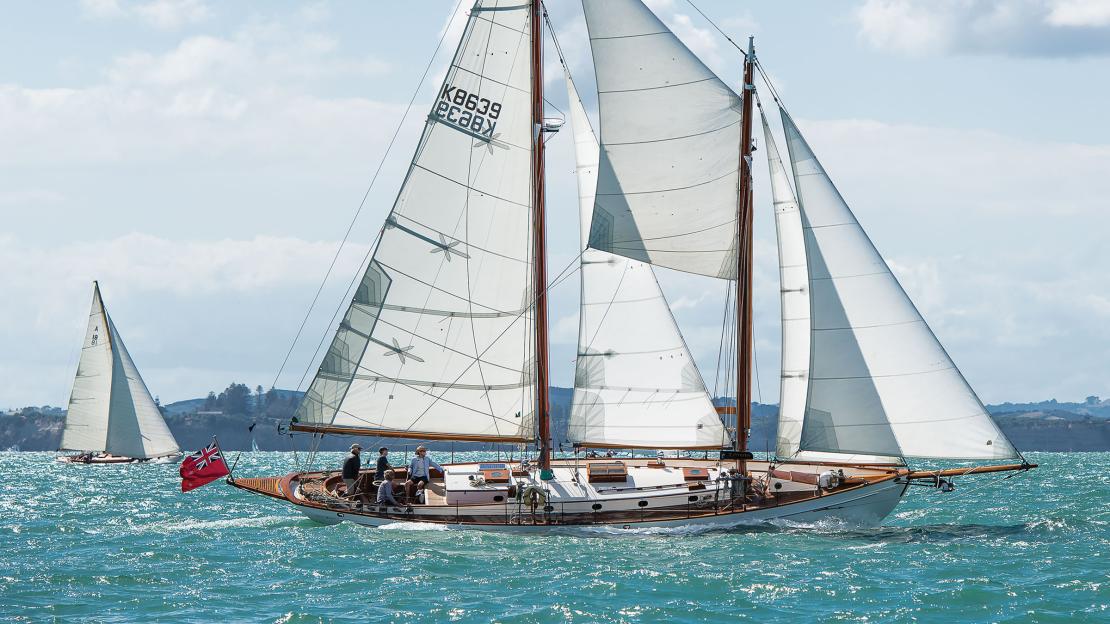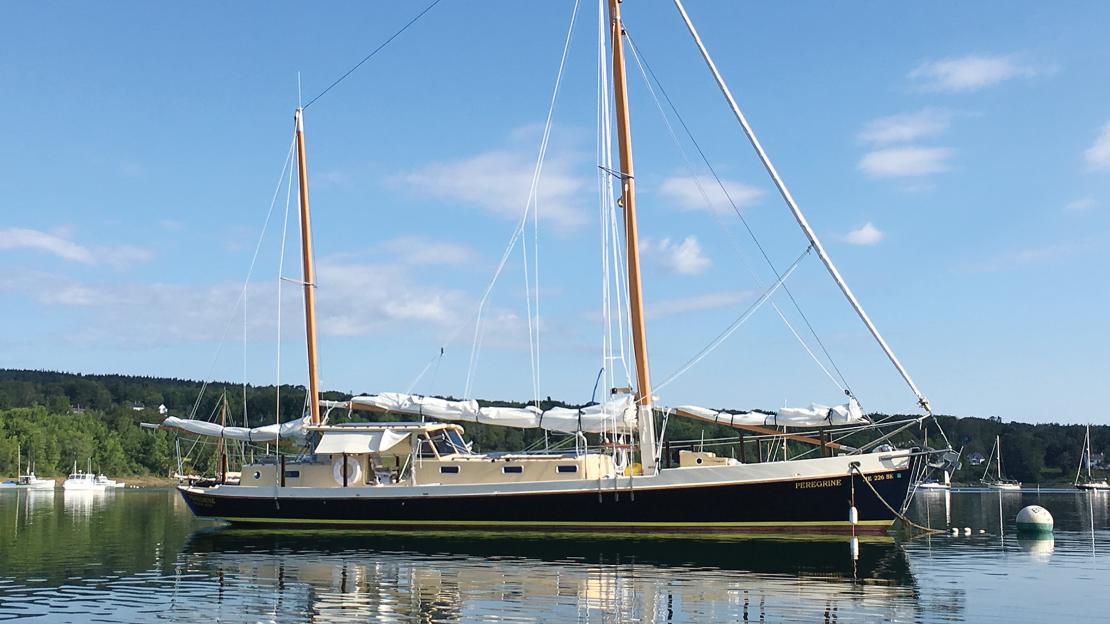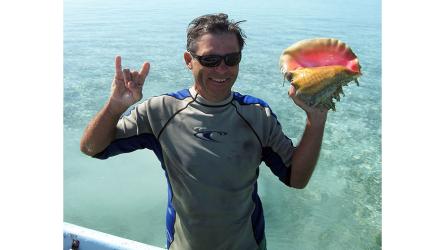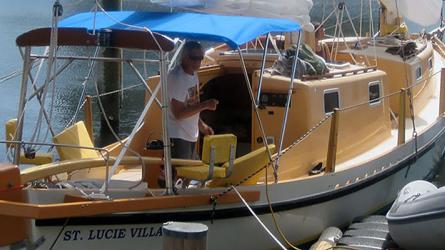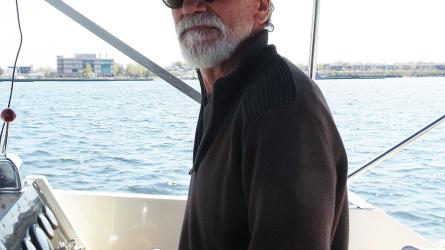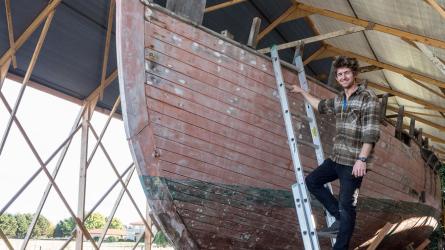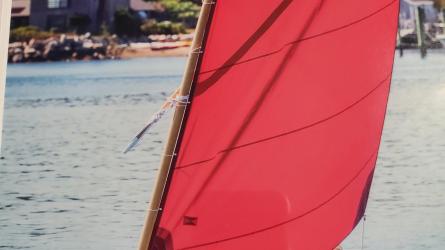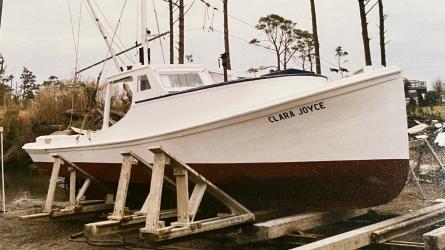Vintage Color
“Mesmerizing.” That’s how one colleague described the image on the cover of this issue. It shows the legendary ocean-racing maxi-yacht WINDWARD PASSAGE in the 1975 Sydney Hobart Race, her ketch rig adorned by a now-obsolete blooper—that ill-mannered cousin of a spinnaker that characterized offshore racing in the 1970s and early ’80s. That sail places this picture squarely in another era. The photograph was taken 47 years ago, and we can assume that the photographer, Richard Bennett, is strapped into a helicopter and holding the camera in his hands, focusing it manually, and not piloting a now-ubiquitous drone.
Forty-seven years. I have this little game I play with time when I think about its relentless march. I create a unit of time out of a certain span, and apply that to a timeline to measure progress, development, and perspectives over the years. I then consider what else was happening then—in this case, 47 years ago—and then consider what was happening 47 years before that. Then I project my invented unit forward, and imagine the possibilities. This game provides me with an interesting—albeit coarse—view of history from a given era. It poses the question: What was the view back, 47 years, from 1975? What are the possibilities? Let’s play.
At the time that photograph was taken, this magazine was about one year old. It was founded in reaction to the fact that wooden boats, their intrinsic value, and the skill to build them, were being eclipsed by fiberglass production boats. Vintage wooden yachts were languishing all over the world, though there was a stirring of appreciation of them that has since blossomed.
And yet, here was this wooden maxi-yacht, WINDWARD PASSAGE, built six years earlier to a breakthrough design, beachside in the Bahamas, entirely of spruce. She was a contender, and not an artifact. As Randy Peffer tells us in his article about her (page 26), she was, at the time, considered to be the second-largest spruce structure in the world, second only to Howard Hughes’s gargantuan airplane, nicknamed the Spruce Goose. PASSAGE had been built in 1969, un-self-consciously of wood because it was the stiffest, lightest, most resourceful option at the time. Lightness, in fact, was a critical component of the marching orders handed to the young designer Alan Gurney; the owner had another famous yacht, TICONDEROGA, of the same length, and PASSAGE was to be designed to half her displacement. Her sole purpose, as Randy writes, was to turn in “jaw-dropping elapsed-time postings in major Pacific, Atlantic, Caribbean, and Southern Ocean races.” Her owners campaigned her all over the planet, and she did just that.
Forty-seven years before this color photograph was taken, there was no widespread color photography. It was 1928, and Charles Lindbergh had made the first nonstop flight across the Atlantic Ocean the previous year. In the sailing world, W. Starling Burgess, an aviation pioneer himself, was launching the schooners ADVANCE and NIÑA. ADVANCE would introduce the staysail-schooner rig, and NIÑA would perfect it. An example of the rig, carried by the Alden schooner ARCTURUS, appears on page 82 of this issue. The staysail schooner was briefly the state-of-the-art in ocean racing, until in 1930 Olin Stephens launched his game-changing yawl, DORADE, making schooner yachts largely obsolete for offshore competition and ushering in a new era of design. (Randy tells us that when Stephens first saw WINDWARD PASSAGE, he called her a “masterpiece.”)
Looking forward 47 years, it will be 2068 and WINDWARD PASSAGE will be just a year from turning 100 years old. I imagine that the foiling technology of the AMERICA’s Cup will have made its way into widespread recreational use by then (see Currents, page 22, for a compelling example of this). I imagine electric propulsion systems will have enjoyed advances in batteries and clean energy—as will house systems such as the one on the power cruiser SCOUT, whose air- conditioning can operate on batteries alone for more than 12 hours (see page 77). And I imagine that wooden boats will be being built in ways yet unimagined.

Editor of WoodenBoat Magazine
